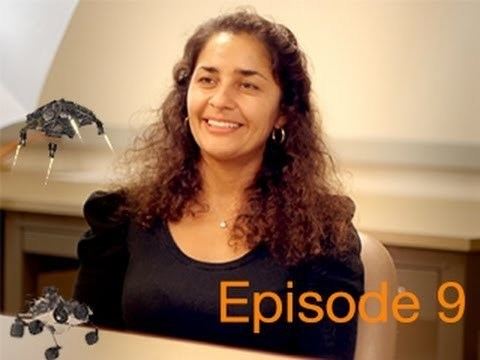Nationality American Name Anita Sengupta | Fields Aerospace Engineering | |
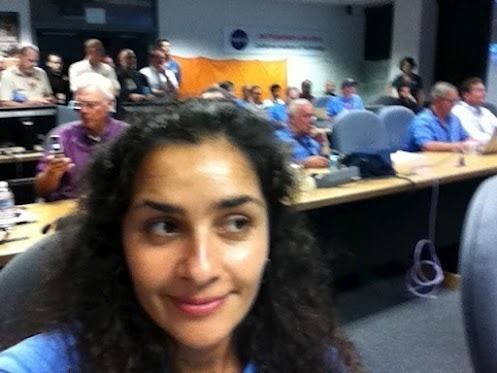 | ||
Institutions NASAJet Propulsion LaboratoryCalifornia Institute of TechnologyUniversity of Southern California Thesis Experimental and Analytical Investigation of a Ring Cusp Ion Thruster Discharge Chamber Physics and Performance (2005) Notable awards Best technical paper by the Electric Propulsion Technical Committee of the AAIAA ASEI Woman Engineer of the Year Recipient | ||
Almost rocket science podcast episode 9 with dr anita sengupta hd
Anita Sengupta is an aerospace engineer. She is a graduate in aerospace and mechanical engineering (MS ’00, Ph.D. ’05) of the Viterbi School of Engineering at the University of Southern California. She was the lead systems engineer of the team that developed the revolutionary supersonic parachute system that was deployed during the landing of Mars Science Laboratory Curiosity. She is currently the project manager of the Cold Atom Laboratory at the Jet Propulsion Laboratory at Caltech.
Contents
- Almost rocket science podcast episode 9 with dr anita sengupta hd
- 7 minutes of t e r r o r awesome with dr anita sengupta
- Cold Atom Laboratory
- References
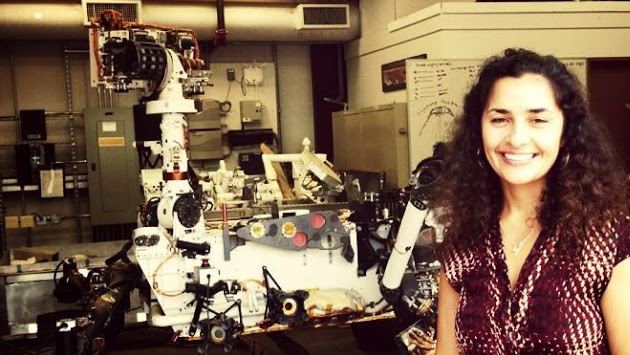
7 minutes of t e r r o r awesome with dr anita sengupta
Cold Atom Laboratory
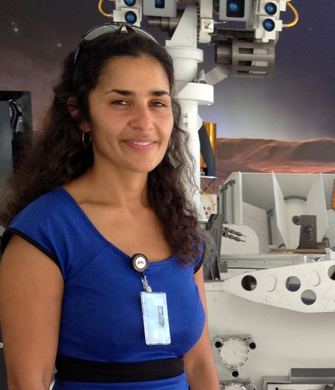
Anita Sengupta is the CAL Project Manager. CAL will be a facility for the study of ultra-cold quantum gases in the microgravity environment of the International Space Station (ISS). It will enable research in a temperature regime and force free environment that is inaccessible to terrestrial laboratories. In the microgravity environment, up to 20 second long interaction times and as low as 1 picokelvin temperatures are achievable, unlocking the potential to observe new quantum phenomena. The CAL facility is designed for use by multiple scientific investigators and to be upgradable/maintainable on orbit. CAL will also be a pathfinder experiment for future quantum sensors based on laser cooled atoms.
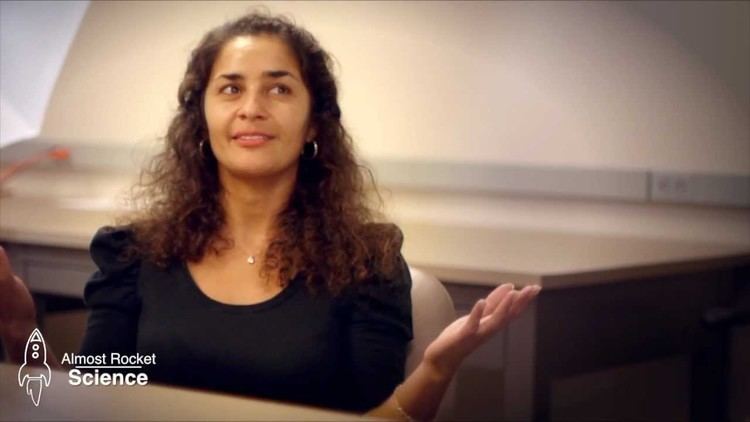
CAL is scheduled to launch in 2016 on a Pressurized Cargo Vehicle in soft-stowage. After docking with ISS the CAL payload will be installed by astronauts into an EXPRESS (EXpedite the PRocessing of Experiments to Space Station) Rack inside the space station. The EXPRESS Rack provides a standardized power, data, thermal, and mechanical interface to scientific payloads. CAL will occupy a quad locker space due to its size and power requirements. Following installation the payload will be operated remotely via sequence control from the Jet Propulsion Laboratory. The initial mission will have a duration of 12 months with up to five years of extended operation.
